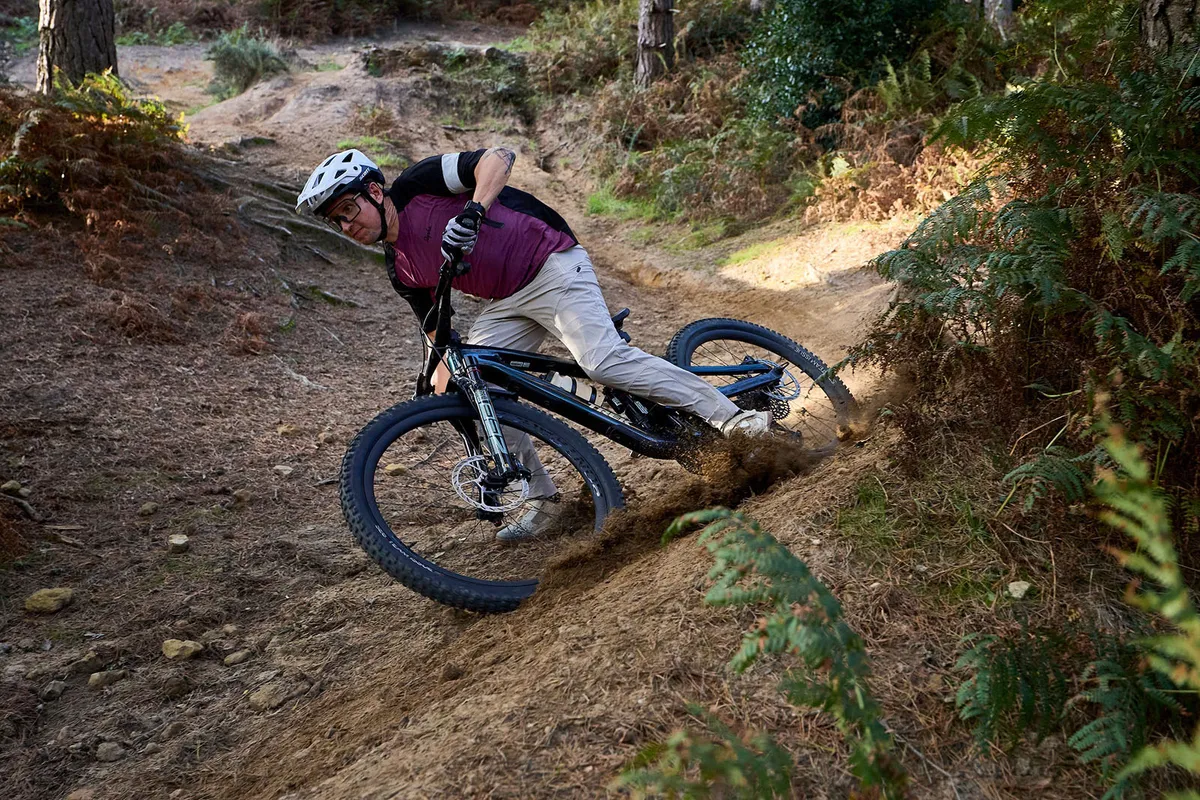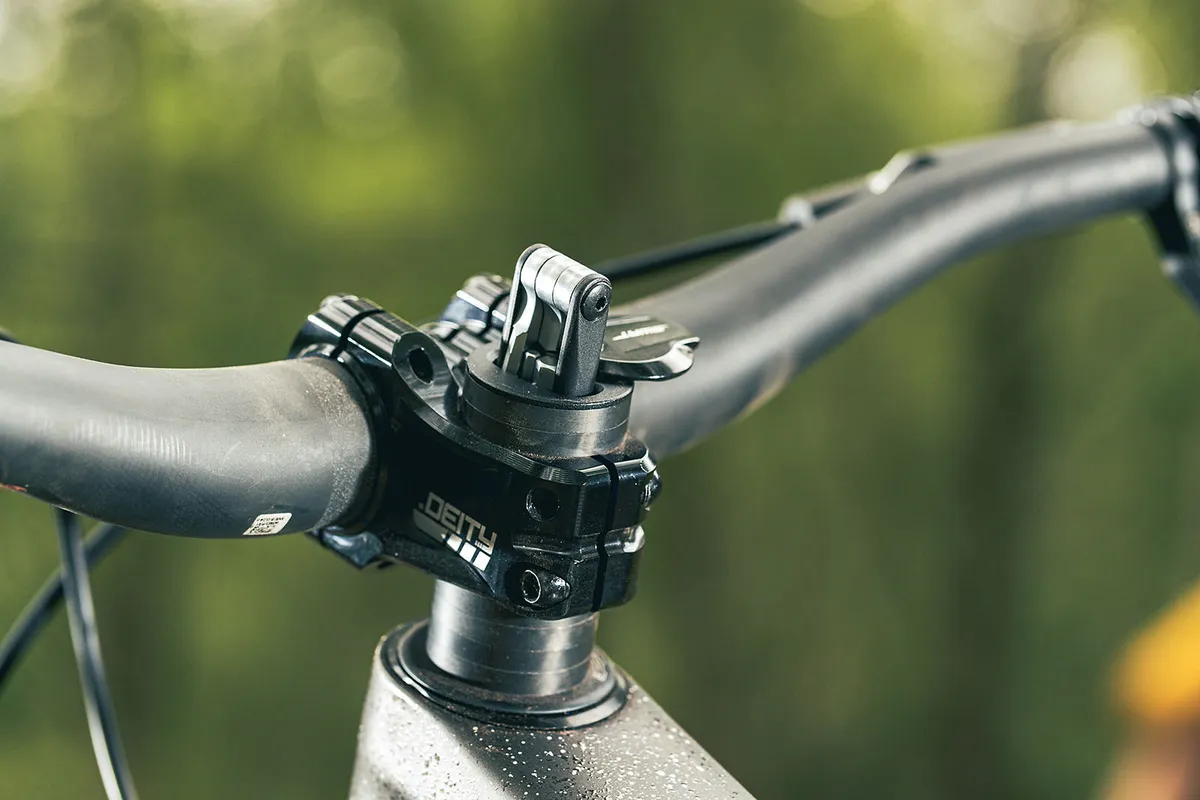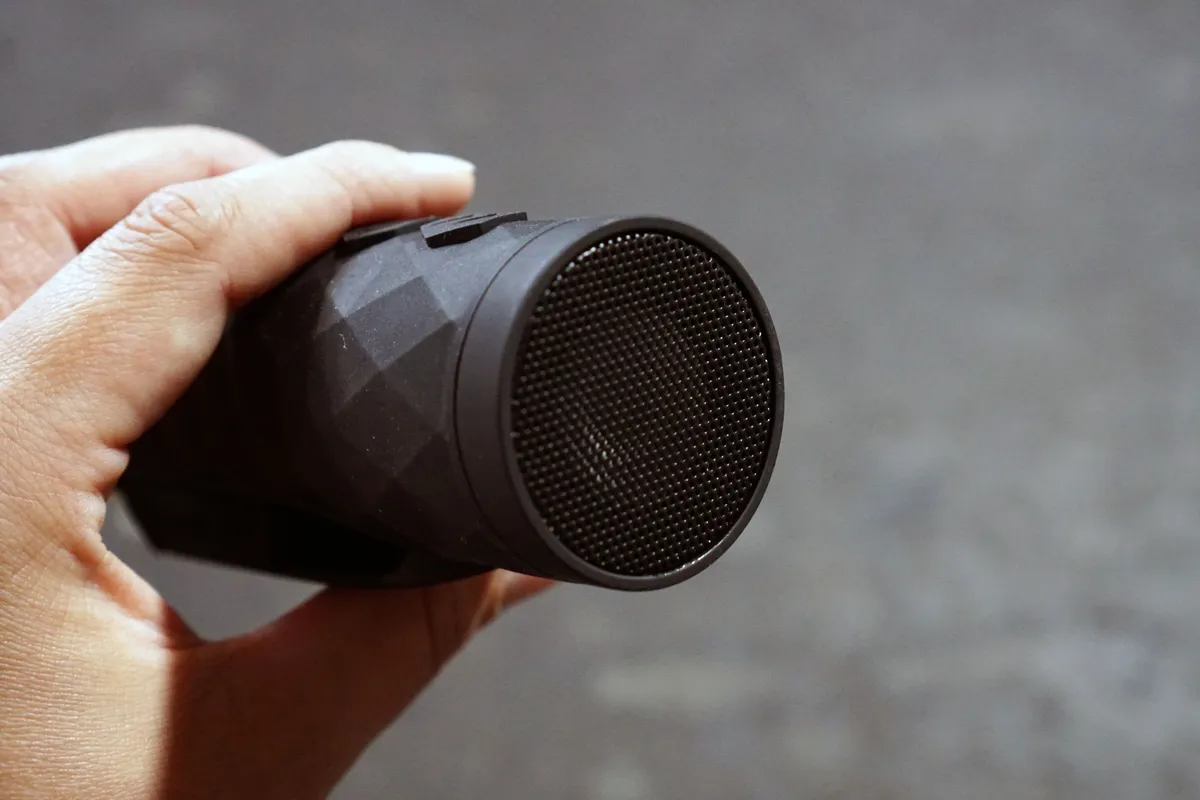Like many outdoor pursuits, most mountain bikers adhere to a set of unwritten rules.
While many of these are related to trail etiquette, fashion and safety, some are baked into the sport as a matter of tradition.
If you’re just starting out in mountain biking, breaking these rules will be a key giveaway that you’re a beginner – hardly the end of the world, but bad for the ego, so break them at your peril.
With that said – and trying to avoid the contradiction – we’ve listed some of the unwritten rules we believe every mountain biker should know, and follow.
This list isn’t exhaustive, so let us know any others you think should be included in the comments.
Build up slowly

When you first start riding, it can be easy to push your progression too far, too soon.
While the mantra of 'just send it' can be like ripping a plaster off when ticking off new jumps or drops, if you haven’t built up the necessary skills, a nasty crash can lead to injury or a fear of certain features, which ultimately limits your progression.
Taking your time in the early stages to practise the fundamentals before ticking off big features will give you the skill to attempt them safely, minimising your chances of crashing.
While peer pressure can force you into sending features you’re not ready for, your friends will likely prefer ripping into you rather than picking you up off the floor.
Don’t stand in the trail

If you’ve come to a stop or are checking out a feature, make sure you and your bike aren’t in the way of the trail for the next rider.
Experienced mountain bikers on familiar trails will attack descents, leaving little time to stop around corners or on transitions.
If you’re just starting, you may not be able to perceive just how fast a rider can get down a trail, leaving you no time to get out of the way.
Being hit by a mountain bike is on no one's wishlist, so keep this in mind when you come to a stop.
If there is an incident in the trail, such as a casualty, turning your bike upside down in the trail and having a spotter alert riders further up enables them to slow down and avoid further accidents.
No dig, no ride

Mountain bikes aren’t much without trails to ride them on.
Countless hours and mattock swings go into carving lines into woods and hillsides, so you can experience the thrill of mountain biking.
If you’re lucky enough to live next to a network of trails, offering your time and resources to maintain them should definitely be on your mind.
Without trail builders, there would be far fewer places to get steezy, so joining local groups and going out on dig days is a great way to give back to the community – it also comes with the benefit of meeting other local riders.
While you can’t be expected to lend a hand for every trail you ride, by helping at your local, you’re giving back to the whole community.
Be prepared

Nothing is worse than getting caught out on a ride, whether that's a ride-ruining downpour, mechanical or bonk – and it’s not up to your friends to bail you out of your poor planning.
While it can’t always be avoided, you can be better prepared for these eventualities by bringing the necessary clothes, tools and food for your ride.

Even a simple multi-tool can be enough to sort more serious mechanicals, with many problems solved by Allen-key tinkering, while having a chain tool enables you to make a trailside single-speed conversion should your gears pack in.
Packing clothes for changeable weather is key, too. If there’s a chance of rain, make sure you bring a waterproof – no one likes freezing on a mountainside.
Making sure you're well-fed and have food to replenish your energy on a ride will make it much more enjoyable and keep the bonk at bay.
Check if others are OK

While every rider should be prepared, checking on someone who is panic-staring at their bike at the side of the trail could turn their day around.
It’s always nice to help people who are stuck, and even just a second set of eyes can help fix problems that may otherwise lead to long walks back to the trailhead.
Simply making sure they have all the kit they need can be enough, but be careful not to be over-generous with your gear if it's going to sabotage the rest of your ride. The chances of getting a puncture after giving your last tube away are double, if not triple.
Skids are for kids

Learning how to skid is a fundamental part of becoming a mountain biker, with breaking traction using your rear wheel essential to learning bike control.
However, if you’re locking up the rear on a descent, you’re likely to be causing ruts to form, destroying the trail beneath you.
While this is less of a problem on loam tracks, on hardpack trails, it can cause braking bumps to worsen, ruining the entries to corners.
Breaking traction will also reduce the cornering traction of your tyres, meaning you can carry less speed through the corner.
Leave the skids to the kids, or for the final run into the car park.
Remove dork discs

New bikes often come with spoke protectors – aka dork discs – to save your rear wheel if your chain derails.
Most riders remove these seconds after taking ownership of their new bike out of fear of being seen riding with them – and with good reason
Dork discs should stop the chain from damaging the spokes should it derail. However, if you’ve set up your derailleur’s limit screws properly, this should never happen. A firmly jammed chain is also far harder than a flimsy plastic disc, so they rarely work anyway.
Really, these accessories are specified by legal departments rather than by designers.
Leave your speaker at home

Heading into the wilderness to ride your bike is a great way to connect with nature, with fireroad climbs acting as meditation for many.
This tranquillity can be quickly ruined by the sound of drum and bass resonating from someone's backpack.
If you want to listen to music while you ride, there are plenty of cycling headphones on the market – just don’t ruin everyone else's silence.
Don’t blow up a spot

The coordinates drop into your inbox, finally, after weeks of questioning, you’ve been given the lowdown on the freshest loamers in the area.
Being welcomed to new trails is an honour, and one that shouldn’t be taken lightly – hard work and countless hours go into building them, so keeping them secret for as long as possible keeps them from being destroyed by land owners.
Be careful of what you post on social media and on Strava, with the ride-sharing app acting as the perfect scope for poachers.




